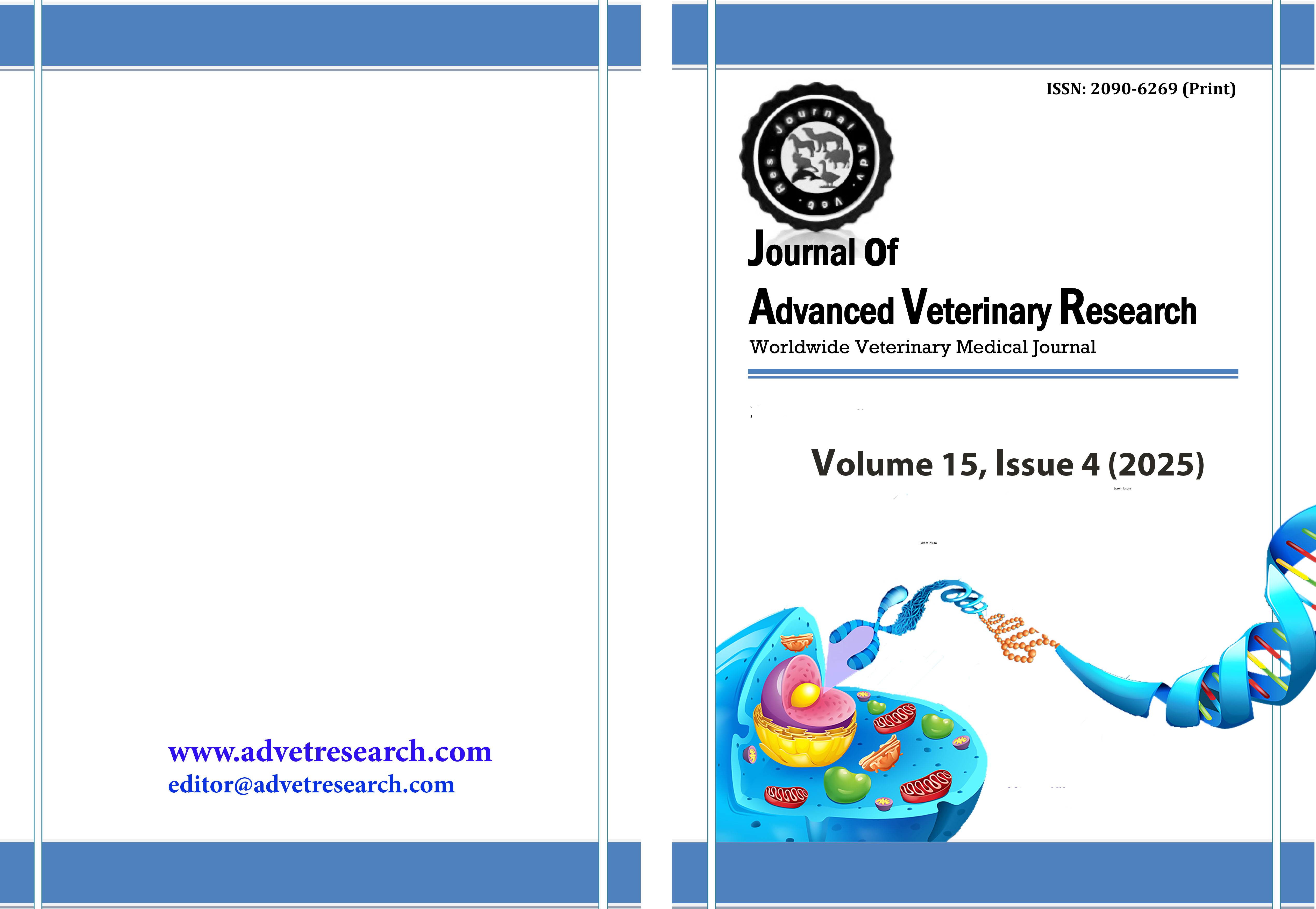Epizootic bovine abortion: A devastating disease for cattle
Keywords:
Abortion, cattle, disease, EBA, Pajaroellobacter abortibovisAbstract
Foothill abortion, also known as Epizootic Bovine Abortion (EBA), is a condition that causes abortion in cattle. EBA is caused by the bacterium Pajaroellobacter abortibovis, which is transported by the Pajaroello tick (Ornithodoros coriaceus). EBA is thought to have existed in California since the 1920s, and in the early 1950s it was identified as a major factor limiting the state's maximum calf output. Since 1954, California cow ranches have seen significant calf losses of up to 65% in the early stages of pregnancy due to EBA. It seems that P. abortibovis enters the growing fetus through the placenta of infected cows. The immune system's reaction to EBA includes the return of immune cells to eradicate bacteria and bacterial multiplication. Chronic prenatal infections caused by EBA agents result in extensive gross and histologic lesions. Abortion frequently happens in the last trimester, and lesions progress over three months or longer. Historically, fetal pathology, higher fetal serum immunoglobulin levels, and a history of the dam grazing in an area thought to be endemic for the disease during pregnancy have been used to diagnose EBA. Cows six months or less pregnant, the availability of hungry Pajaroello ticks in the cows' grazing area, cows who have not been exposed before and lack immunity, and warm, dry weather that speeds up the tick's metabolism are risk factors for EBA. Controlling EBA has classically involved only making adjustments to management techniques that can occasionally lessen, but not always completely eradicate, the losses brought on by EBA.
Downloads
Published
How to Cite
Issue
Section
License
Copyright (c) 2025 Journal of Advanced Veterinary Research

This work is licensed under a Creative Commons Attribution-NonCommercial-NoDerivatives 4.0 International License.
Users have the right to read, download, copy, distribute, print, search, or link to the full texts of articles under the following conditions: Creative Commons Attribution-NonCommercial-NoDerivatives 4.0 International (CC BY-NC-ND 4.0).
Attribution-NonCommercial-NoDerivs
CC BY-NC-ND
This work is licensed under a Creative Commons Attribution-NonCommercial-NoDerivatives 4.0 International (CC BY-NC-ND 4.0) license




